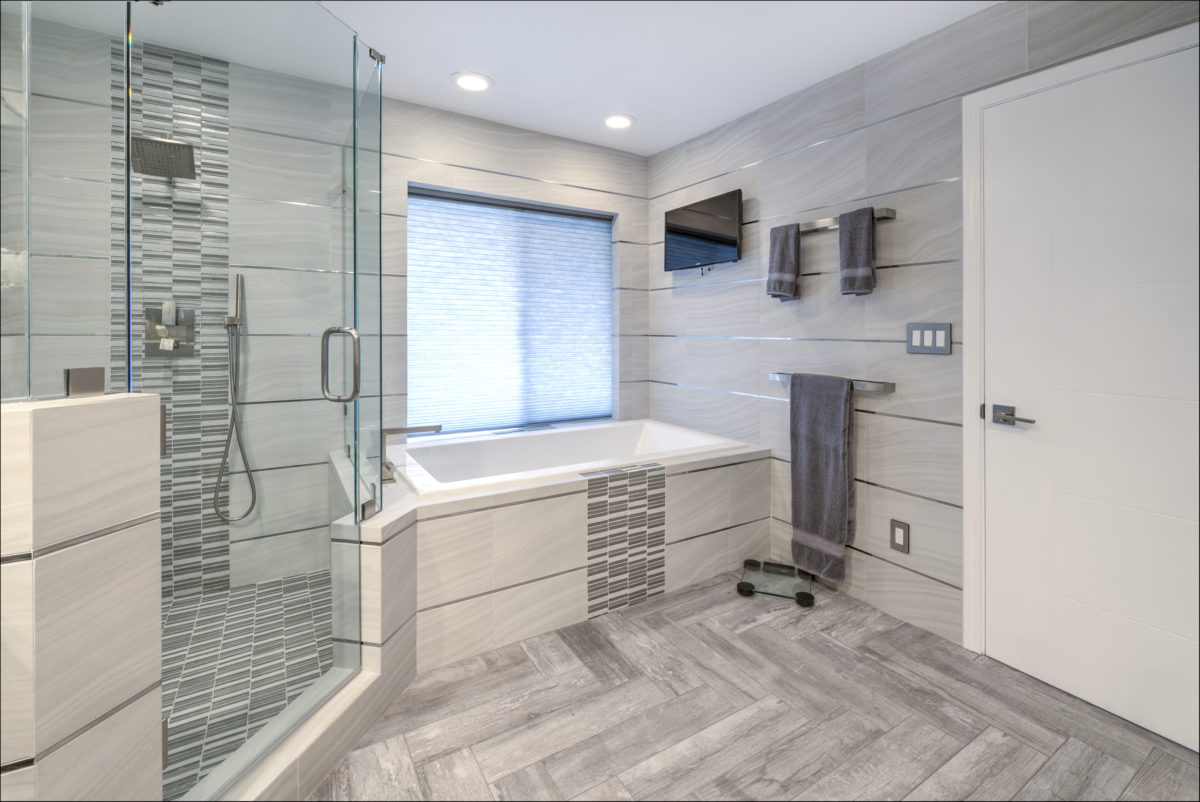
When you’re looking at tile options—ceramic or porcelain—you may notice that certain tile specifications will have the word “rectified” in them. Rectified means the edges of a tile has been cut or ground down to an exact size at a 90-degree angle. This edge treatment happens after the tile has been fired.
Non-rectified means the edges of a tile has—surprise—not been cut or ground down. It’s like the edges of chocolate chip cookies. When you bake cookies, they first expand in the oven and then shrink when cooling down, which makes it difficult to control their exact size. So, a rectified cookie would be like after the cookie has cooled down, taking a knife and cutting it to make the edges sharper and more precise. (Note that we are talking about the length and width of a tile when you’ve laid it on the floor and are looking down on it, not the thickness of the tile.)
Why should you care? The precision of rectified tile allows for thinner grout joints than non-rectified tile, which can create an almost seamless look if you closely match the grout color with your tile color. In other words, a thicker grout line minimizes the appearance of tiles with less uniform edges.
Rectified tile also allows for miter cuts—when the installer shapes that 90-degree edge into a 45-degree edge in order to wrap the tile around a corner with the seam lined up at the corner’s edge.
Please note that rectified does not make a tile better than a non-rectified tile. It is simply a matter of personal preference. For example, a rectified tile may be more appropriate for a minimalist style, and a non-rectified tile, for a rustic style.

